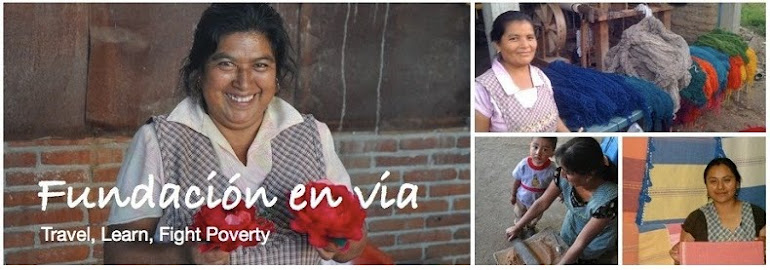By Kim Groves
Recently, the World Bank released its World Development Report that looks ahead for 2012. Its focus is on how equality in economic opportunities between men and women can translate to better development prospects for all. The report has been tagged as “ Gender Equality: the Right and Smart Thing to do”. Importantly, it sites many inequalities that need to be addressed between men and women in regards to access to economic opportunities and incomes, in the labour, agriculture and entrepreneurship markets; and large differences in voice and representation between women and men both in households and societies.
“Blocking women and girls from getting the skills and earnings to succeed in a globalized world is not only wrong, but also economically harmful,” said Justin Yifu Lin, World Bank Chief Economist and Senior Vice-President, Development Economics. “Sharing the fruits of growth and globalization equally between men and women is essential to meeting key development goals.”
The economically harmful is socially harmful. Giving women the chance to participate equally in economy is important, and so is giving them the chance to participate in the society within which economy exists. We have separated economy from its origins in social reality to the point that many choose to refer to it as if it were a separate entity, or worse, that it dominates society. However, economy is a tool that was developed to compliment and benefit a complex society. If economy is not serving the women and men of society, then whom is it serving?
Here in Mexico, who is benefiting from crippling commercial microloans at 70% interest or more? Certainly not society. By providing interest free loans to women, and giving them the skills and confidence to manage them, En Via’s microfinance programs are reclaiming economy, and making it serve again.
It is not a radical idea; giving women the chance to take control of their businesses and finances instead of being controlled by them. It is not radical to realise that the relationships that we build with the community are central rather than consequential to the success of our program. We recognise every time we meet with our borrowers that it is the society, the community, that is operating all around these loans. The loans are simply tools. What the women do with these tools is the essential part.
We often get asked how we measure success in the program. Do we keep track of particular rates of economic growth? What we notice and keep track of is how the loans, as tools, are working to bring development to the women and their families and community. We notice when a woman’s investments mean that her standard of living has improved, or when her children are enrolled in school, or when she obtains a personal goal, level of pride, or independence within her community. We notice when other women are invited by their neighbours to join us, and the ways in which the women support each other and those in risk by including them.
Essentially, we agree with the Bank, it is the right thing to do to give women a chance at equal participation in economy, because we believe that economy is just another part of society. And it is with equality in society that we can hope to develop.




